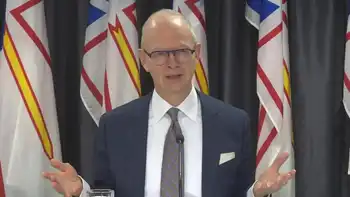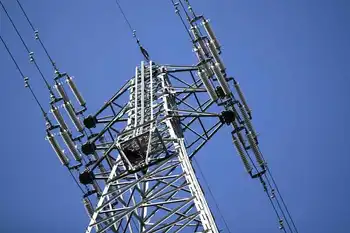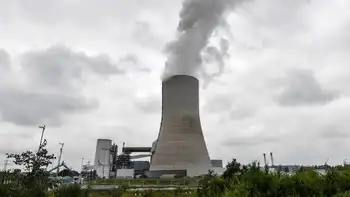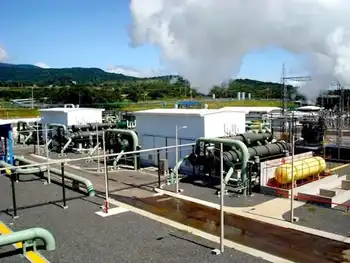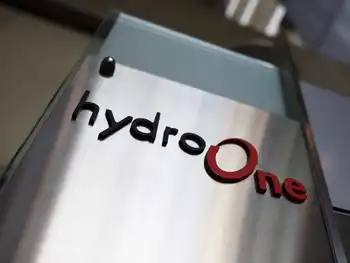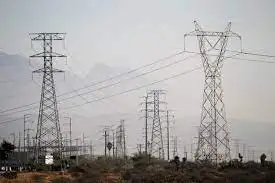Smart grid good for big wind, solar: regulator
By Reuters
NFPA 70e Training - Arc Flash
Our customized live online or in‑person group training can be delivered to your staff at your location.

- Live Online
- 6 hours Instructor-led
- Group Training Available
Demand response, the heart of the "smart grid" concept of a power system that can respond immediately to changes in supply and electricity prices, could account for a fifth of U.S. electricity, Jon Wellinghoff, chairman of the Federal Energy Regulatory Commission, said in an interview.
The market treats contracts to cut demand as a power source, jocularly called a 'negawatt'.
Cutting demand by a few minutes or seconds also could let the U.S. grid cheaply incorporate renewable sources like wind and solar that otherwise would need backup from plants that stayed idle most of the time.
"I don't think we need shadow generation," Wellinghoff said, using the industry term for the backup power stations, which substantially raise the cost of a power supply based on alternative energy.
Alternative energy is currently such a small part of U.S. generation that a cloudy afternoon is almost irrelevant, but California aims to get a third of its electricity from renewables by 2020, and Hawaii aims for 40 percent by 2030, levels at which the intermittentcy could be a major issue.
Intelligent power meters linked to the grid and appliances could shift power in two ways: evening demand over the course of the day by doing tasks at new times, such as running the dishwasher in middle of the night, and responding to sudden changes in supply, such as a computer turning up the thermostats in a neighborhood's refrigerators for a few minutes while clouds pass over a solar power plant.
Vast swaths of the country, including the southeast and much of the southwest, don't yet have a market necessary for such a system, but some 75 percent of the country's electricity load could do it, making the goal of 20 percent possible. "I think there is potential to get there by 2020," he said.
"You've got EnerNOC, you've got Comverge, you've got 10 other companies that are out there now doing this on a very robust basis, because they understand that they could make money at it," he said.
That kind of a future would drastically cut the need for medium-sized natural gas plants which turn on quickly when demand peaks, but Wellinghoff sees a different role for the fuel, which has been found in huge reserves in recent years.
"We've got more natural gas in this country than we know what to do with," he said. "It may make a lot of sense to start shutting down coal plants and using gas for base load," he said, referring power plants that are on all the time.
"The coal industry has said for many years that they have 250 years of coal. That's not true."
Tiny, highly efficient 'fuel cell' generators could provide electricity and hot water for a house or building, he added.
"Combinations of stationary storage, mobile storage like vehicles, demand response and distributed generation like solar PV (photovoltaic)... like co-generation, generation from waste heat recovery and other microgeneration on a distributed basis, could all be part of the mix," he said.
Putting small supply near demand would be a big help if the United States lags in building transmission lines to bring renewable power from sunny deserts and windy plains to big cities.
Wellinghoff said he believed current law would allow the agency to approve where to build and how to distribute costs of big new cross-state transmission lines, but that court challenges probably would tie up any efforts to push through such lines.
Instead, he intended to wait for Congress to clear the way with the climate change bills under consideration.
"It's going to be an incremental process," of building power lines, he said. "I think in five years from the time that we have additional authority, we can move electrons from remote locations," like Montana and Wyoming. Southwest states close to markets such as southern California and Las Vegas could be up in three years from the time authority was expanded, he said.





